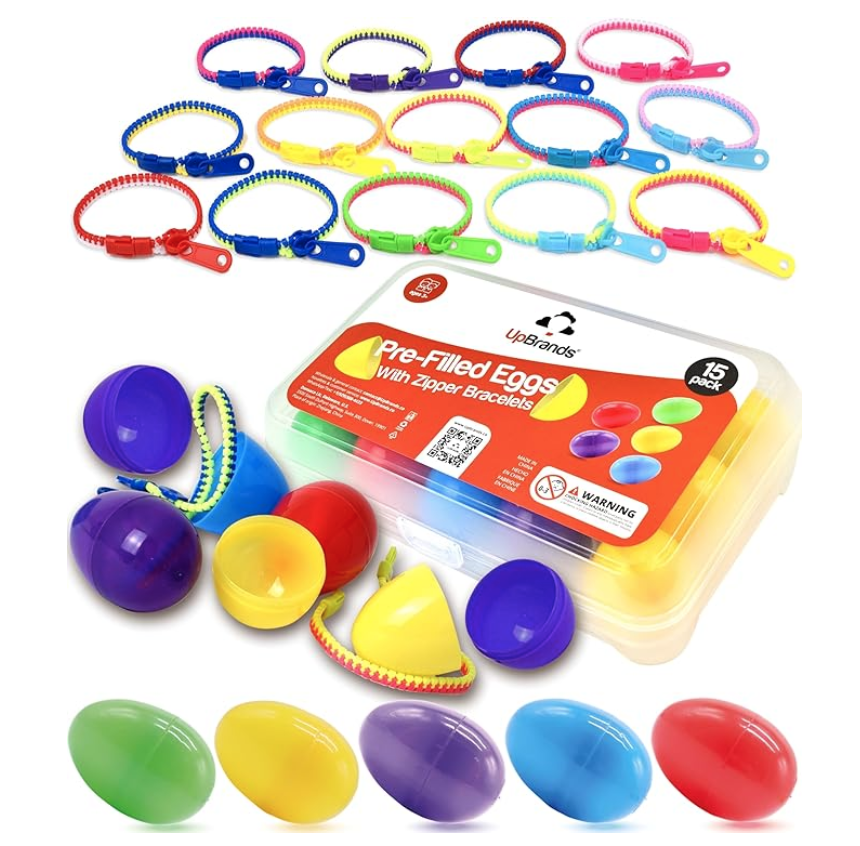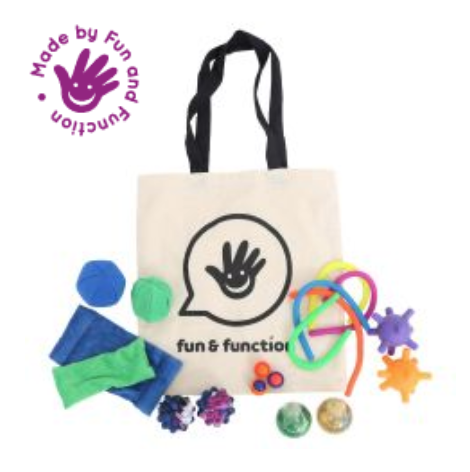Easter is a time of joy and celebration for many families around the world. However, for children with disabilities, traditional Easter activities may pose challenges that hinder their participation. It’s essential to recognize and address these barriers to ensure that all children can enjoy the festivities. By making small adjustments and fostering an inclusive environment, Easter can become a truly memorable and accessible experience for every child.
1. Understanding Different Disabilities
It’s crucial to acknowledge that disabilities come in various forms, including physical, sensory, cognitive, and developmental. Understanding the specific needs and challenges of children with different disabilities is the first step toward creating an inclusive Easter celebration.
2. Adapting Easter Egg Hunts
Easter egg hunts are a beloved tradition, but they can be challenging for children with mobility impairments or visual impairments. To make these activities more inclusive:
- Provide alternative ways to participate, such as assigning a buddy to assist with collecting eggs or using adaptive equipment like reachers.
- Organize hunts in accessible locations with smooth terrain and clear pathways.
- Use brightly colored or audible eggs for children with visual impairments.

Fidget Zipper Bracelets – UpBrands, offer pre-filled Easter eggs with fidget zipper bracelets that provide tactile stimulation, promote focus, and offer relaxation, making them ideal additions in an Easter Basket.
Beeping Easter Eggs – MaxiAids offers battery-operated beeping Easter eggs for the visually impaired.
Light-up Bunny Puffer Balls – Amazon offers jumbo Easter eggs filled with a light-up bunny to ease stress or as a sensory toy.
3. Sensory-Friendly Celebrations
Many children with disabilities are sensitive to sensory stimuli. To create a sensory-friendly Easter celebration:
- Consider the environment, opting for quiet spaces away from loud music or crowds.
- Provide sensory-friendly activities like tactile egg decorating or sensory bins filled with themed materials.
- Offer ear defenders or noise-canceling headphones for children sensitive to loud noises.
Fun and Function offer a variety of sensory-friendly toys, such as squishy stress balls, textured sensory balls, and more. These items can help individuals with sensory processing differences feel relaxed and engaged during Easter festivities.

4. Accessible Crafts and Activities
Easter crafts and activities can be adapted to accommodate children with disabilities:
- Choose crafts with simple instructions and tactile materials that are easy to manipulate.
- Provide adaptive tools such as grips or stabilizers for children with fine motor difficulties.
- Offer a variety of activities to cater to different interests and abilities.
5. Inclusive Easter Treats

When planning Easter treats and snacks, consider dietary restrictions and sensory sensitivities:
- Offer a range of options, including allergen-free treats and alternatives for children with dietary restrictions.
- Provide visual guides or labels for children with food allergies or sensitivities.
- Encourage creativity by incorporating healthy snacks into Easter-themed shapes and designs.
6. Educating and Building Awareness
Promote awareness and understanding of disabilities among participants, including children and caregivers:
- Offer resources and information on disability inclusion to parents and caregivers.
- Encourage open communication and empathy among children by teaching them about diversity and inclusion.
- Foster a culture of acceptance and respect for differences within the community.
7. Collaborating with Disability Organizations
Partnering with local disability organizations can provide valuable insights and support in creating inclusive Easter events:
- Seek guidance and resources from disability advocacy groups or organizations specializing in inclusive activities.
- Invite representatives from these organizations to participate in planning and organizing Easter celebrations.
- Foster ongoing collaboration to ensure that Easter events remain inclusive and accessible in the long term.
By implementing these strategies and fostering a culture of inclusivity, Easter celebrations can become truly accessible and enjoyable for children of all abilities. Every child deserves the opportunity to participate fully in the joys of Easter, and by working together to remove barriers and create welcoming environments, we can ensure that no child is left behind in the festivities. Let’s embrace diversity and celebrate Easter in a way that includes everyone.
Like this article? You may also like:
How to Have an Inclusive, Allergy-Friendly Easter Celebration
8 Ways to Host an Accessible Easter Egg Hunt
Diabetic-Friendly Tips for a Sweet Easter and Passover
Share your tips with AmeriDisability on Facebook, Twitter and Instagram.
Check out the Resources page. Claim or add your disability-focused business or nonprofit for free.
This article contains affiliate links. When you make a purchase through our links, we may earn a commission from Amazon and other retailers, at no cost to you.






